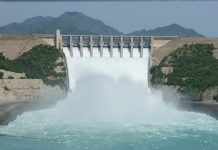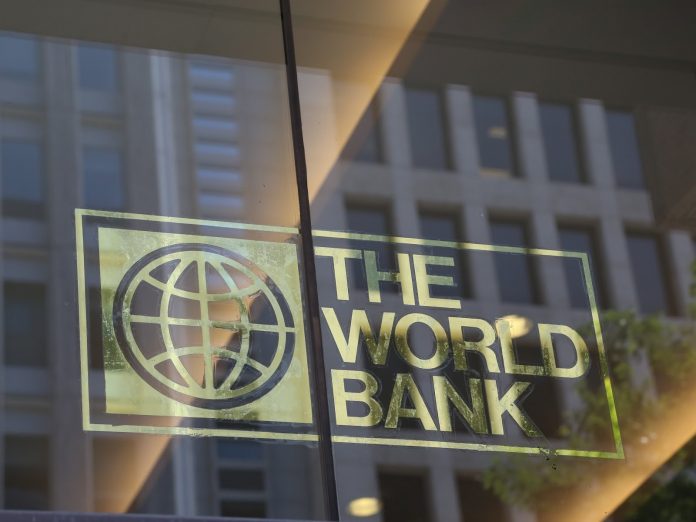ISLAMABAD: Reacting to a recent report by the World Bank regarding Pakistan, Ministry of Finance here on Wednesday said that a report recently released to the media was based on a misinterpretation of the standard definition of the gross financing needs of a country.
A spokesperson for the ministry said that an international financial institution has pointed to increased vulnerability of external account and risk to macroeconomic stability given the widening current account deficit. The report has projected gross external financing needs of Pakistan at 9 per cent of GDP i.e. $ 31 billion for the FY 2018. The gross financing requirements have been worked out by taking into account the portfolio investment of 4 per cent of GDP i.e $ 13.8 billion. The report has further projected deterioration of the external sector in current fiscal.
The spokesman said that the report is a misstatement of the performance of external account for the two months of current FY. As per the international reporting standards, portfolio investment is not included while calculating the gross financing needs of a country. Whereas a country’s gross financing need is an aggregate of current account deficit plus debt servicing of the year. Based on this standard, Pakistan’s gross financing need for 2017-18 is about $ 18 billion (5.3 per cent of GDP) rather than $ 31 billion (9 per cent of GDP) as mentioned in the said report. As of September 2017, the total portfolio investment is $ 6.6 billion i.e. 1.94 per cent of GDP rather than $ 13.8 billion (4 per cent of GDP). Again it is a misrepresentation of facts.
The spokesman added it is pertinent to mention here that the report itself has pointed out that “improving the external balance hinges upon the revival of exports, slowdown in imports and stable remittance flows”. This is precisely what has been achieved in the first two months of the current financial year, i.e. exports and remittances have improved and imports have slowed down.
Exports during July-August 2017-18 stood at $ 3.93 billion as against $ 3.34 billion the same period of last year showing a growth of 17.7 per cent. The items showing an increase in exports during July-August 2017 are rice 20 per cent, textile group 7 per cent and other manufacturers 21 per cent. Much of this growth is coming from value-added sectors.
The spokesman went on to say imports during July-August, 2017-18 stood at $ 8.996 billion as against $ 9.738 billion over the preceding year (May-June 2016-17). This growth in imports has shown a deceleration of 7.6 per cent over the preceding two months.
Workers’ remittances during July- August 2017-18 stood at $ 3.50 billion as against $ 3.09 billion during the same period of last financial year, showing an impressive increase of 13.2 per cent. Growth in remittances is coming from USA, UK, Saudi Arabia and UAE. Foreign Direct Investment during July-August, 2017-18 stood at $ 457 million as against $ 179 million in the same period of last year, showing a massive increase of 154.9 per cent.
As a result of improvement in these key economic indicators, the current account deficit during July-August 2017 stood at $ 2.60 billion as compared to $ 3.10 billion in May-June 2017 showing a substantial improvement of 16.2 per cent. With these positive trends strengthening in coming months, current account deficit would improve significantly which will also improve FX reserves of the country.
The spokesman said that while external account has shown strong performance in the first two months of current FY, misinterpreting data to deliberately paint a negative picture is uncalled for.
























